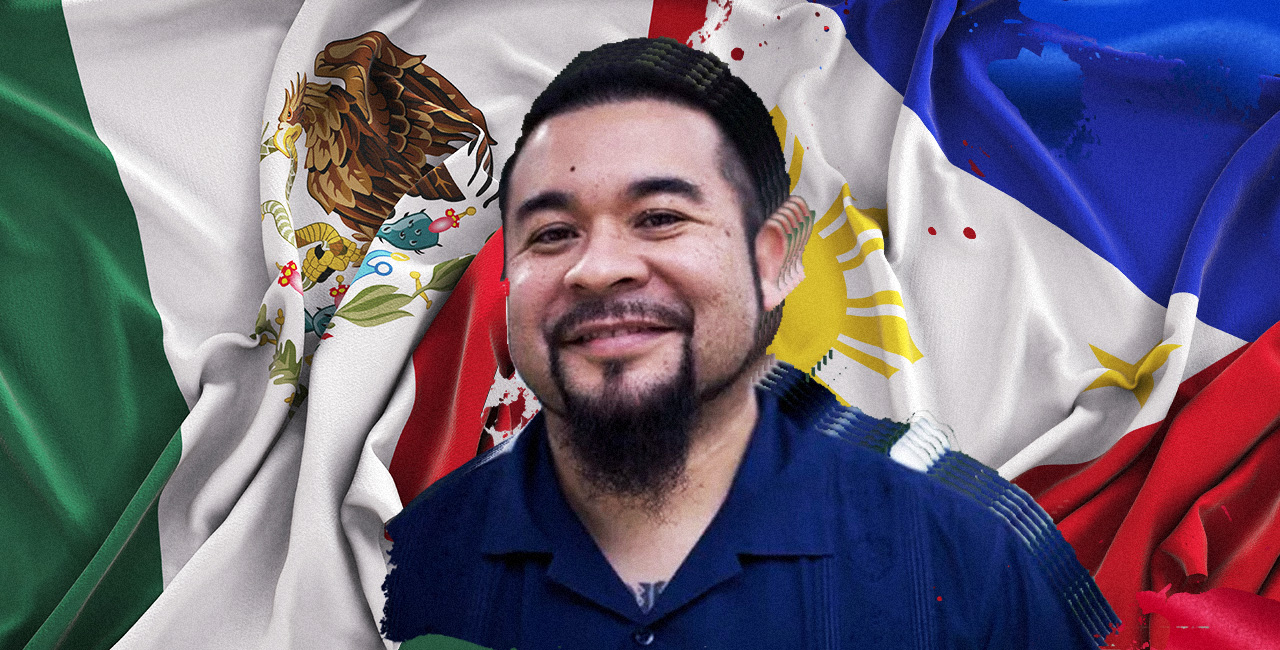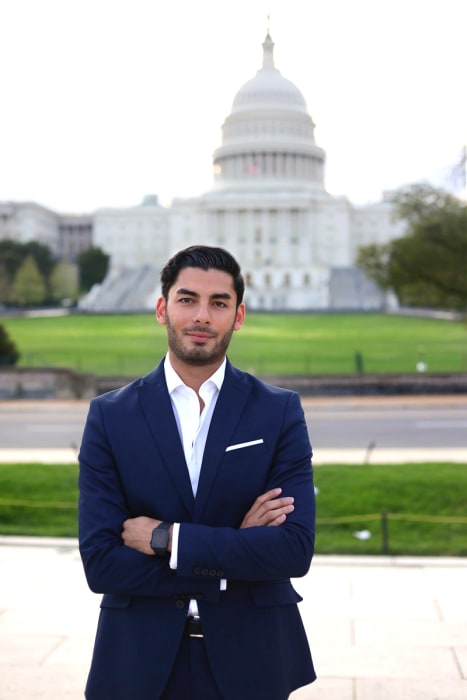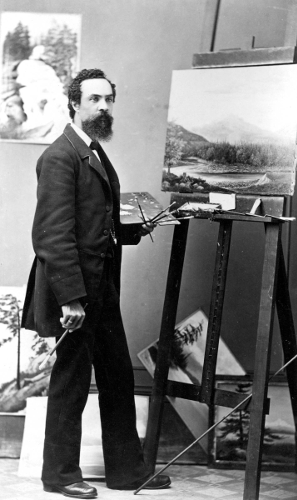Painter Ellen Gallagher’s tragic sea tales: How African slaves went from human to cargo on the AtlanticPosted in Articles, Arts, History, Media Archive, Slavery, United States on 2017-12-27 21:13Z by Steven |
The Los Angeles Times
2017-11-17
 An installation view of Ellen Gallagher’s painting “Aquajujidsu” at Hauser & Wirth in Los Angeles. (Fredrik Nilsen / Hauser & Wirth) |
On first glance, the painting that greets visitors to the South Gallery at Hauser & Wirth in downtown Los Angeles looks like a crab quietly resting on the bottom of an ocean floor. But look again and that crab morphs into the fragmented face of a person, its myriad pieces coming undone in a watery deep.
In her first solo show in Los Angeles, painter Ellen Gallagher broaches the history of the Middle Passage in ways that are both poetic and surprising — rendering underwater scenes that seem perfectly innocent at first glance, but that on second, third and fourth viewing, quietly evoke the terrible tragedies that occurred in the Atlantic Ocean during the roughly four centuries of the slave trade.
“These are history paintings,” she says thoughtfully, as she settles into a sleek chair in a small lounge at Hauser & Wirth. “It’s this portrait of this space in between, this space where you are dead and alive at the same time.”
Artist Ellen Gallagher. Ellen Gallagher / Hauser & Wirth
The artist, who divides her time between New York and Rotterdam, and whose work resides in the permanent collections of the Museum of Modern Art in New York and the Museum of Contemporary Art Los Angeles, has long explored questions of history and power in works that straddle the gray area between figurative and abstract…
Read the entire article here.






